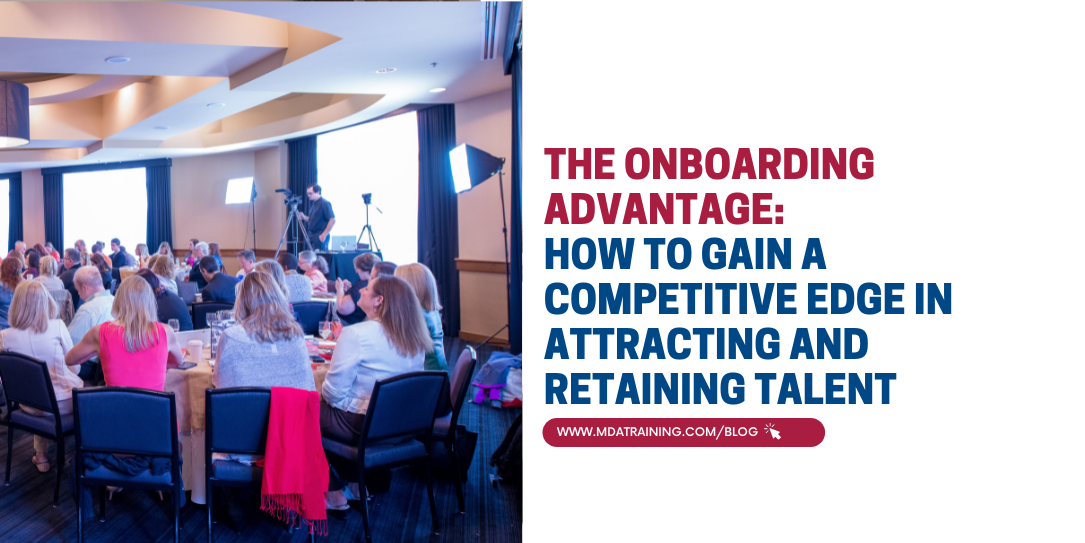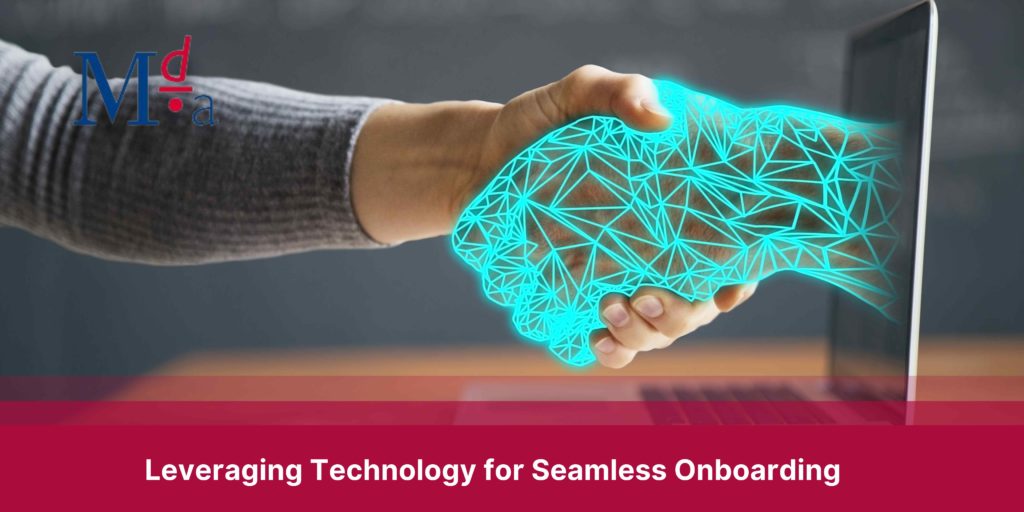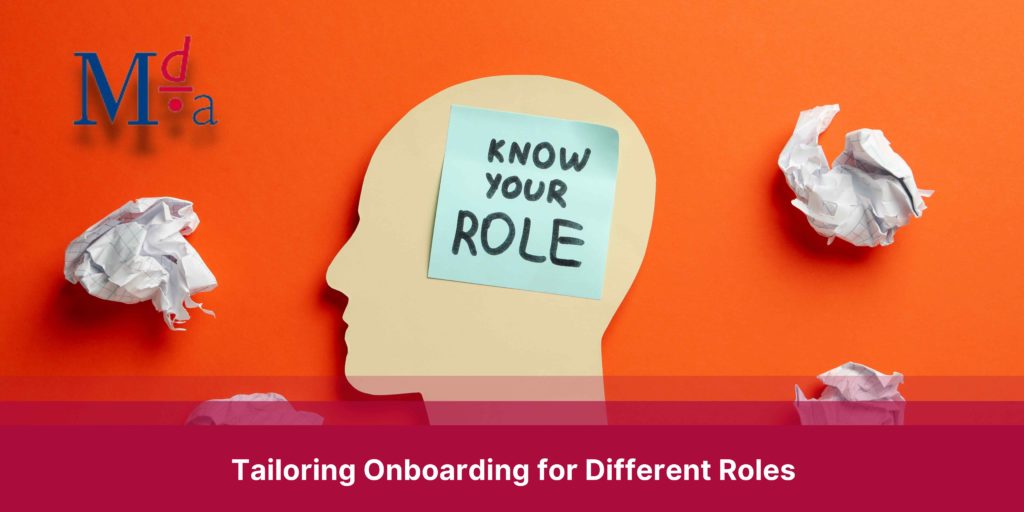In today’s competitive business landscape, attracting and retaining top talent has become a crucial aspect of maintaining a successful organisation. Companies that master the art of onboarding not only gain a competitive edge but also ensure long-term growth. Let’s delve into key strategies, insights, and FAQs to empower your organisation’s talent management approach.
The Onboarding Advantage: How to Gain a Competitive Edge in Attracting and Retaining Talent
Every company strives to be the employer of choice, drawing in the best candidates and nurturing their growth within the organisation. A well-crafted onboarding process contributes significantly to achieving this goal. By seamlessly integrating new hires into the company culture and providing the necessary tools and knowledge, businesses can enhance productivity, engagement, and job satisfaction.
1. The Power of First Impressions
First impressions matter, and that’s especially true in the world of business. A positive initial experience during onboarding sets the tone for an employee’s entire journey with the company. It’s not just about completing paperwork; it’s about fostering a sense of belonging and enthusiasm. By creating a warm and welcoming environment, you lay the foundation for a lasting and fruitful relationship.
2. Crafting an Engaging Onboarding Plan
An effective onboarding plan goes beyond the basic orientation. It’s about creating a comprehensive roadmap that introduces new hires to the company’s mission, values, and expectations. Interactive workshops, mentorship programs, and opportunities for cross-functional collaboration can significantly enhance their sense of purpose and alignment with the organisation.
3. Leveraging Technology for Seamless Onboarding
In today’s digitally-driven world, technology has revolutionised every facet of our lives, including how businesses operate and employees are onboarded. Leveraging Technology is not just a luxury; it’s a strategic imperative to ensure a smooth, efficient, and engaging onboarding process.
a. Embracing Digital Platforms
Gone are the days of overwhelming paperwork and manual processes. Digital platforms have emerged as game-changers in the onboarding realm. These platforms offer a centralised hub where new hires can access important documents, training materials, and company policies at their fingertips. This not only saves time but also empowers employees to engage with the content at their own pace.
b. Virtual Tours and Introductions
Imagine a new employee walking through the office space, meeting colleagues, and exploring the facilities—all without setting foot in the physical office. Virtual tours and introductions have made this possible. Using interactive technology, companies can provide virtual office tours, allowing new hires to familiarise themselves with their surroundings and even meet their team members before their first day.
c. Remote Onboarding Made Easy
The rise of remote work has led to a new challenge: remote onboarding. However, technology has risen to the occasion. Video conferencing, virtual workshops, and webinars have become integral tools in introducing new employees to the company culture, policies, and expectations. These tools bridge the gap between physical distances, making remote onboarding as effective as in-person sessions.
d. Gamification for Engagement
Enter the world of gamification—a creative approach that turns the onboarding process into an interactive game. By incorporating quizzes, challenges, and rewards, companies can make learning and training more enjoyable. Gamification not only keeps new hires engaged but also helps them retain information better, fostering a sense of accomplishment as they progress through the onboarding journey.
e. Data-Driven Insights
Technology doesn’t just facilitate onboarding; it also offers invaluable insights. Analysing data from onboarding processes can reveal trends, bottlenecks, and areas for improvement. Are certain modules proving challenging for new hires? Are there patterns in engagement levels? These insights enable HR teams to refine the onboarding experience continuously.
f. Personalised Learning Paths
Every employee is unique, and their onboarding experience should reflect that. Technology allows for the creation of personalised learning paths. By assessing the skills and strengths of new hires, companies can tailor their training materials to align with individual needs. This not only accelerates learning but also demonstrates a commitment to employee growth.
g. Digital Mentorship and Networking
Mentorship is a cornerstone of onboarding, and technology has extended its reach. Digital mentorship platforms connect new employees with seasoned professionals, fostering knowledge-sharing and relationship-building. Moreover, online networking events and forums provide opportunities for new hires to connect with colleagues from different departments and locations.
4. Tailoring Onboarding for Different Roles
Recognising that one size doesn’t fit all, tailor your onboarding process to suit the specific needs of different roles within your organisation. A personalised approach acknowledges the unique skill sets and responsibilities of each position, ensuring that employees receive the relevant training and support they require.
5. Nurturing a Mentorship Culture
Mentorship is a cornerstone of successful onboarding. Pairing new hires with experienced employees fosters knowledge-sharing, boosts confidence, and accelerates the learning curve. This practice not only aids in skill development but also reinforces a sense of community within the workplace.
6. Embracing Continuous Learning
The onboarding journey shouldn’t stop after the initial weeks. Continual learning and development opportunities should be integrated into the employee experience. Providing access to workshops, courses, and skill-building sessions not only enhances individual growth but also underscores the company’s commitment to investing in its employees.
7. Balancing Compliance and Culture
While compliance is a non-negotiable aspect of onboarding, it should seamlessly align with the company’s culture. Strike a balance between conveying essential legal information and immersing new employees in the organisation’s values and ethos. This ensures that compliance training becomes an integral part of the holistic onboarding experience.
8. Fostering Cross-Departmental Collaboration
Collaboration doesn’t thrive within silos. Encourage cross-departmental interactions during the onboarding phase. By exposing new hires to various teams and functions, you broaden their perspective, promote inter-departmental understanding, and lay the groundwork for future collaboration.
9. Establishing Clear Performance Expectations
Clarity is paramount in setting performance expectations. During onboarding, ensure that employees understand their roles, responsibilities, and key performance indicators. Transparent communication about growth trajectories and advancement opportunities further fuels motivation and commitment.
Turning Challenges into Learning Opportunities
The onboarding journey might encounter bumps along the way. Instead of viewing challenges as setbacks, reframe them as valuable learning opportunities. A resilient and adaptable onboarding process reinforces the company’s commitment to supporting employees through both successes and obstacles.
FAQs
Effective onboarding significantly enhances employee retention by fostering a sense of belonging, providing necessary tools, and nurturing growth within the company. When employees feel valued and well-prepared for their roles, they are more likely to stay and contribute to the organisation’s success.
Technology streamlines onboarding processes by providing user-friendly platforms for information access, training, and connection. It enables remote onboarding and facilitates efficient communication, ensuring a seamless and engaging experience for new hires.
Mentorship accelerates the learning curve for new hires by providing guidance, knowledge-sharing, and a sense of community. It boosts confidence and facilitates quicker integration into the company culture.
Continuous learning showcases the organisation’s commitment to employee growth and development. It empowers employees to acquire new skills, stay updated, and contribute effectively, ultimately benefiting both individual careers and the company’s progress.
Balancing compliance with company culture involves integrating legal and procedural information into the broader narrative of the company’s values and mission. This ensures that employees understand the importance of compliance in the context of the organisation’s ethos.
Cross-departmental collaboration exposes new hires to different facets of the organisation, promoting better understanding and teamwork. It lays the foundation for future collaboration, contributing to a more integrated and harmonious work environment.
What’s Next?
If you’re aiming to elevate your onboarding process, look no further than MDA Training. With our extensive experience in talent development and onboarding strategies, we offer tailored solutions that align perfectly with your organisation’s goals and culture.
Our team of expert trainers specialises in crafting onboarding experiences that not only engage and empower new hires but also deliver tangible results for your company. Don’t miss out on the chance to gain a competitive edge in attracting and retaining talent. Reach out to MDA Trainers today to explore how our expertise can enhance your onboarding advantage and contribute to your organisation’s thriving success.





























